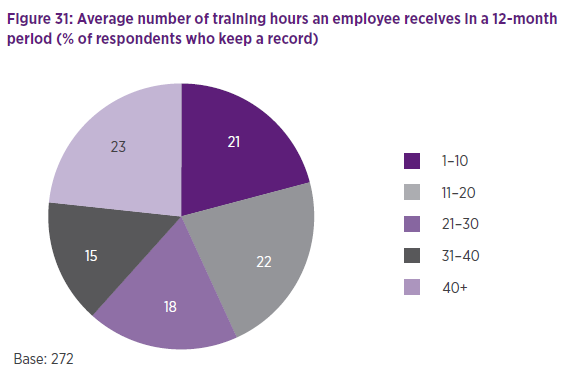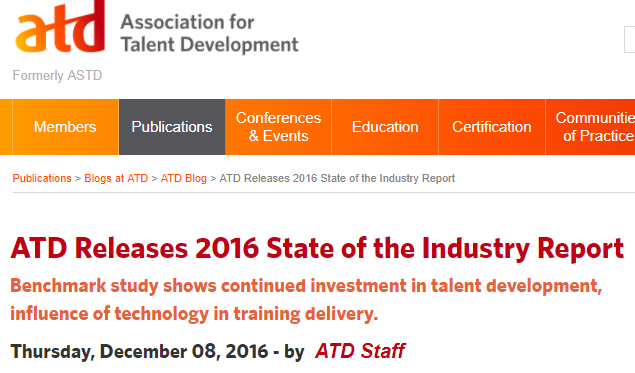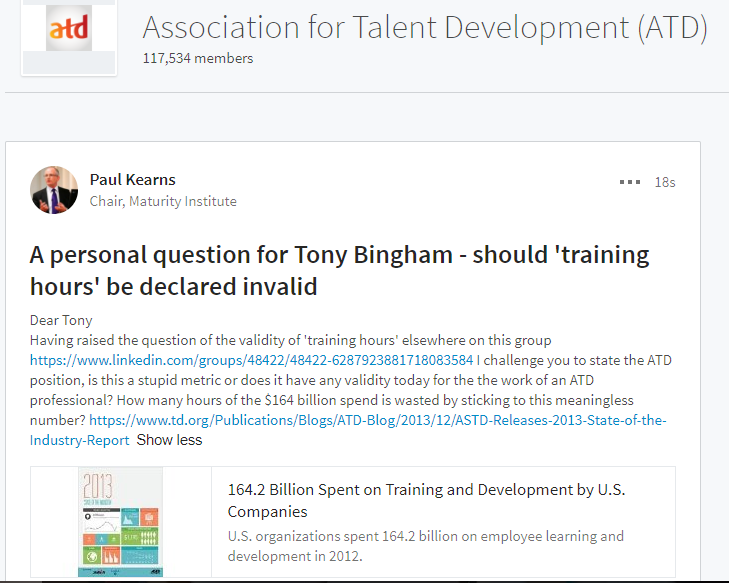 In a former life, as an executive career counsellor, I helped world-weary executives get back on their feet; having been jettisoned by their previous employer. The easiest and quickest ‘pick-me-up’ I could offer was to help them produce a CV that brought their main selling points to the fore. When I asked them what they thought should be on their CV their answers revealed a great deal about their own characters.
In a former life, as an executive career counsellor, I helped world-weary executives get back on their feet; having been jettisoned by their previous employer. The easiest and quickest ‘pick-me-up’ I could offer was to help them produce a CV that brought their main selling points to the fore. When I asked them what they thought should be on their CV their answers revealed a great deal about their own characters.
The better ones concentrated on their achievements and presented convincing evidence that they had actually contributed in some way to the figures they claimed. They were also clear in their own heads what skills they had developed and provided a convincing narrative, with examples of how these had been deployed, and in what context. The worst wanted to list the number of courses they had attended, especially if they had been selected for an expensive leadership development programme. This is the still the spectrum in training today: its validity range covers everything from material business impact to a meaningless attendance certificate.
Of all the other items they considered, I cannot remember a single instance of ‘training hours’ being cited. What intelligent executive would try and convince a prospective employer that the time they spent ‘in the classroom’ is a reliable and valuable indicator of their capabilities? Yet the CEOs running three of the biggest ‘HR’ professional bodies (SHRM, CIPD, ATD) actively promote the use of ‘training hours’ as a meaningful metric for company capability: to the extent that many pension funds and investment managers have added them to their recommended list of human capital indicators for company reporting.
In its ‘2016 State of the Industry Report’ ATD revealed that “Employees averaged 33.5 hours of training in 2015, compared with 32.4 hours in 2014.” So what?
As the Chair of the Maturity Institute, a professional body partly established to break such bad habits, I decided that it was time I took a professional stand, indeed it was my civic duty, to write to them with a specific challenge to either present a valid case for the use of this metric or agree to end it once and for all. I will let you know if any of them respond.
When MI members rate the maturity of organizations, for OMINDEX, they read annual reports to find evidence of a connection between the money spent on training and the value this creates for the company and its employees. What we frequently witness, however, is that most of the large corporations provide a simplistic statement of the total number of training hours and not what value it achieves. One example can be seen in the tweet (above) from Nestlé, dated May 2017. What are Nestlé trying to convey with this communication and to whom?
Even Goldman Sachs, employer of many thousands of otherwise highly intelligent people, declares on its website today:
“As part of our commitment to training many divisions ask that their people meet a minimum 10-hour annual continuing educational goal, and 20 hours is the ideal.”
‘Training hours’ do not denote commitment and for this statement to ascribe any materiality we need to see the evidence that justifies the use of the term “ideal”.
We downgraded Nestlé in February 2016 from BBB- to BB+, citing training hours as an obvious contraindicator of maturity, and identified a 10% opportunity for margin improvement. Recently, Nestlé became a target for an active investor, Third Point, who “accused the Swiss group of failing to adapt to a slower growth environment and remaining “stuck in its old ways”. Maybe Nestlé should learn to change the measures they use in order to focus on improving the business?
Postscript.
How many hours should ATD trainers have on their CV’s?



Comments are closed